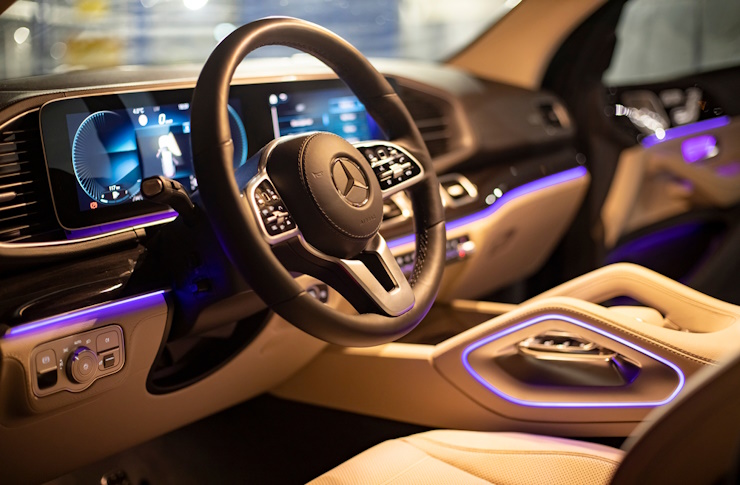"Redefining Speed: The Intricacies of Dual Clutch Transmission Systems"
Introduction: In the realm of automotive technology, the quest for speed and efficiency is relentless. One innovation that has significantly impacted this pursuit is the Dual Clutch Transmission (DCT). This article delves into the intricacies of DCT systems, their evolution, and their influence on the automotive industry.

A Historical Overview of Dual Clutch Transmissions
The concept of Dual Clutch Transmissions can be traced back to the early 1930s, when French engineer Adolphe Kégresse designed a system that used two clutches for different gear sets. However, it wasn’t until the 1980s that Porsche, a German automaker, developed a DCT for their racing cars. The technology was later adopted by mainstream car manufacturers, revolutionizing the way we experience driving.
Understanding the Mechanics of DCTs
A DCT essentially combines the operations of two separate manual gearboxes into one. It uses two separate clutches, one for odd-numbered gears and the other for even-numbered gears. This allows for seamless gear changes with minimal loss of power, resulting in quicker acceleration and improved fuel efficiency.
The Impact of DCTs on the Automotive Industry
The introduction of DCTs has significantly influenced the automotive industry. They offer the convenience of automatic transmissions without compromising the control and performance of manual transmissions. This has led to their widespread adoption in sports cars, luxury vehicles, and even some economy cars.
The Advantages and Challenges of DCTs
While DCTs offer numerous advantages such as improved fuel efficiency, faster gear changes, and a more engaging driving experience, they also present certain challenges. These include higher manufacturing costs, increased complexity, and potential maintenance issues. However, ongoing technological advancements continue to address these concerns.
The Future of Dual Clutch Transmissions
As the automotive industry continues to evolve, so does the technology that drives it. With the increasing demand for efficiency and performance, the future of DCTs looks promising. Manufacturers are investing in research and development to further refine this technology, making it more accessible and reliable.
In conclusion, Dual Clutch Transmissions have revolutionized the automotive industry, offering a unique blend of performance and convenience. As we look towards the future, it’s clear that this technology will continue to play a pivotal role in shaping our driving experiences.





